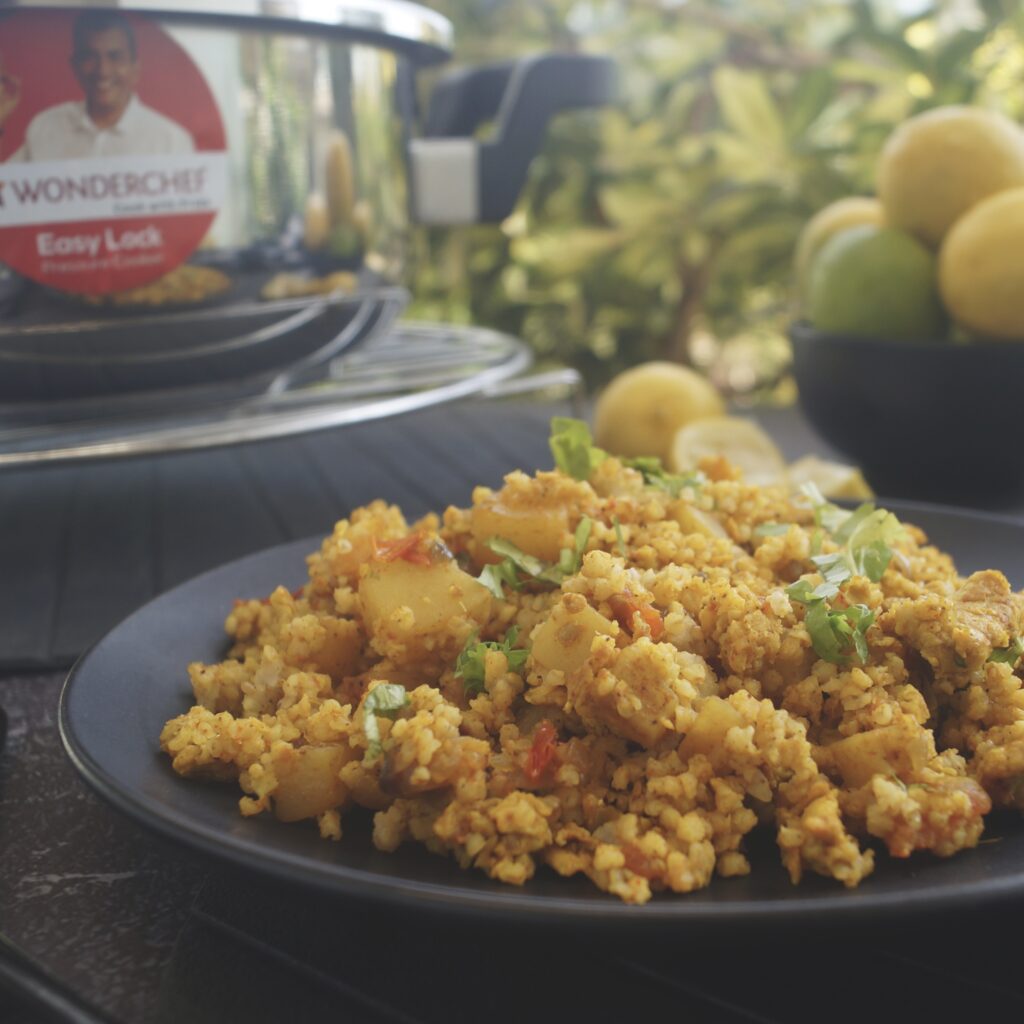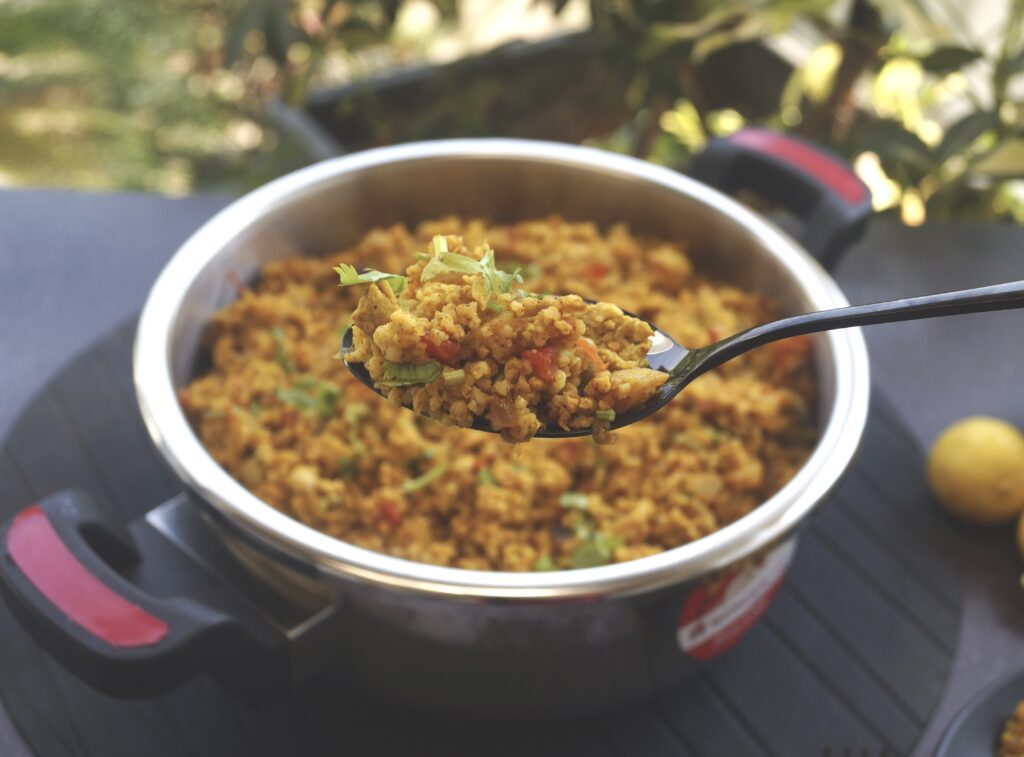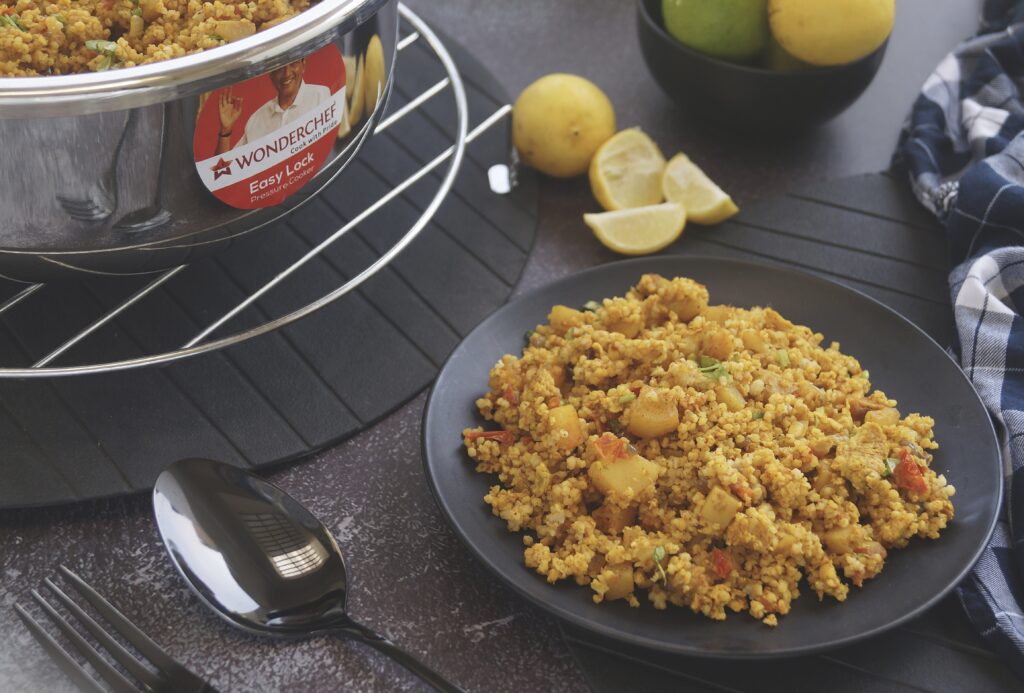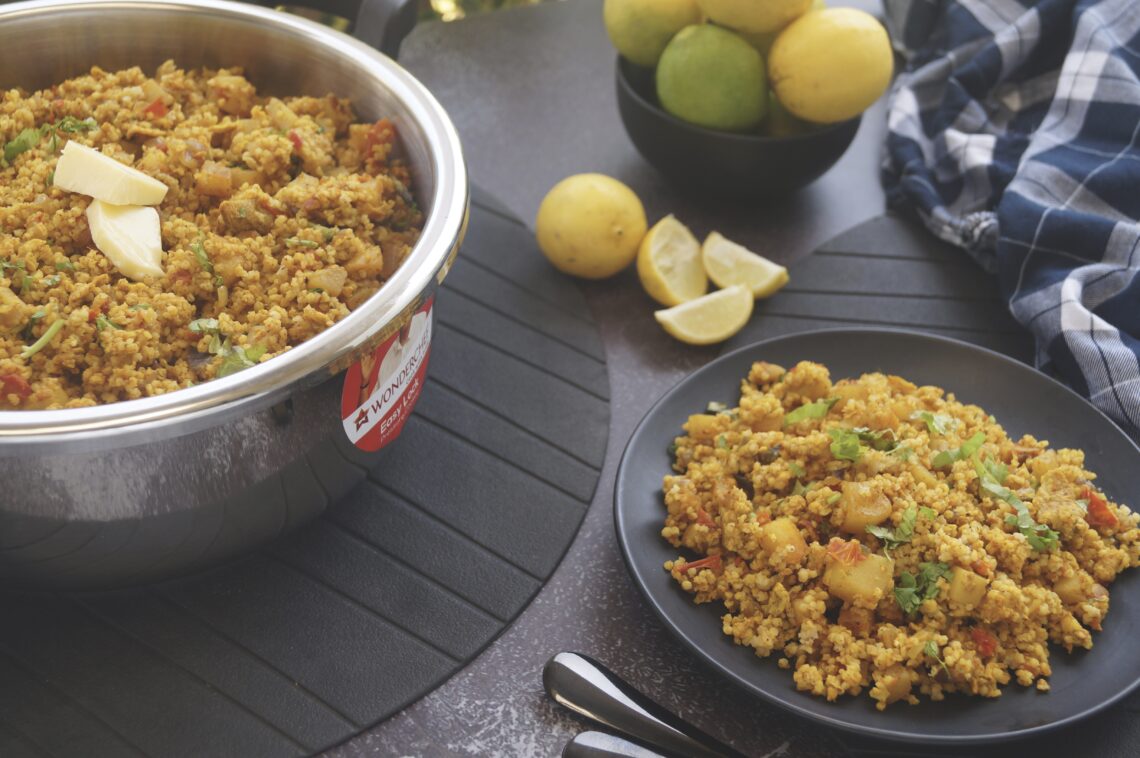Do you know about kabsa millet? If not, then you are missing out on one of the most nutritious and delicious grains from the middle east. Kabsa is a staple rice dish in many households, but it can also be prepared with other millet for a healthy alternative. Here we will explore everything about kabsa millet.

Benefits Of Kabsa Millet
Kabsa is a nutty, slightly sweet grain that has a chewy texture. It is a good source of fibre and protein. It is also high in vitamins and minerals. Kabsa is a versatile millet that can be used in many dishes. Below are some of the benefits of kabsa millet.
- Aids In Weight Loss – When it comes to weight loss kabsa millet is a powerhouse. This superfood is high in fibre and protein, which are essential for weight loss. Fibre helps to keep you full longer and prevents cravings, while protein provides your body with the energy it needs to burn fat. In addition, kabsa millet is low in calories and carbohydrates, making it a perfect food for those on a weight loss journey.
- Reduces The Risk Of Cancer – Kabsa millet is rich in antioxidants and phytochemicals that help protect the body against cancer. The high fibre content of kabsa millet also helps to reduce the risk of colon cancer.
- Regulates Blood Sugar Level – Kabsa millet is a powerhouse when it comes to regulating blood sugar levels. This grain has a high fibre content, which helps slow down sugar absorption into the bloodstream. In addition, kabsa millet contains a type of soluble fiber known as mucilage, which has been shown to help lower blood sugar levels.
- Good For Heart Health – Studies have shown that kabsa can help lower cholesterol levels and improve heart health. One study found that kabsa improved blood pressure and lipid levels in people with hypertension. Another study showed that kabsa reduced LDL (“bad”) cholesterol levels and increased HDL (“good”) cholesterol levels in people with metabolic syndrome. Kabsa Millet is not only good for your heart but also helpful in treating various other diseases. So, include this superfood in your diet to live a healthy life!
- Promotes Digestion – Kabsa millet is a grain that is rich in fibre and helps promote digestion. It also contains vitamins and minerals that are important for gut health.
- Boosts Immunity – Kabsa is a gluten-free whole-grain millet. Kabsa is rich in vitamins and minerals that are essential for maintaining a strong immune system. These nutrients include iron, magnesium, phosphorus, and zinc. Iron helps your body produce red blood cells, which carry oxygen to your cells. Magnesium helps regulate the immune system. Phosphorus helps repair tissue and fight infection. Zinc helps the body create new cells and fight off infections.


Recipe For Kabsa
So there you have it, everything you need for the perfect bowl of Kabsa!
RECIPE CARD
Serves: 2
Time: 45 min
- ¼ cup foxtail millet
- ½ cup water
- 1 stock cube
- 1 medium potato
- 1 large onion
- 1 large tomato
- 3 garlic pods
- 2 inch piece of ginger
- ¼ tsp turmeric
- ½ tsp chilli powder
- ¼ tsp salt
- 1 tsp kabsa powder
- 1 egg
- ½ tbsp coriander
- 1 tbsp butter
- Lime wedges
- Wash the millet thoroughly and soak for 20-30 minutes
- Drain the soaked millet and transfer to a pressure cooker with 1/2 cup of water and 1 stock cube.*
- Pressure cook in a small 1-litre pressure cooker till the first whistle, about 5 minutes.
- Lower the heat and cook for another 3 minutes, and set aside for the pressure to release naturally.
- While the millet is cooking, prep your vegetables, chop the potato into 1-inch-sized cubes. Roughly chop the onion and tomato. Crush the garlic pods with a garlic press and grate the ginger for maximum flavour. Alternatively, finely chop both garlic and ginger. Finely chop the coriander and set aside.
- Add 1 tbsp of oil to a pan, and once hot, add the chopped potatoes.
- Add a small amount of water and cover, allowing it to cook for a few minutes.
- Once the potatoes are half done, add chopped onions to the same pan and sauté for a minute.
- Add the garlic and ginger to the onions and cook for a minute.
- Add chopped tomatoes to the pan and cook for 2 minutes.
- Add all spices and salt to the vegetables and cook for 2 minutes.
- Push your vegetables to the sides of the pan, making a well in the centre and crack an egg into the centre of the pan.
- Scramble the egg immediately and cook for 30 seconds.
- Once the egg is almost cooked, mix it with the vegetables and cook for another 30 seconds.
- Open the cooker and fluff the millet with a spoon before adding it to the vegetables and egg. Mix thoroughly.
- Once it’s combined well, add the coriander and butter** to the pan. Adjust the seasoning if required.
- Serve with lime wedges and enjoy!

Notes:
*Since I’m using stock cubes, I usually find that it salts the millet well enough for my taste. If you’re not using stock cubes or if your stock is low in salt, you can add 1/4 tsp of salt to the millets.
** The butter is definitely optional, but I thoroughly recommend it!
Conclusion
Kabsa millet is a unique and nutritious grain that has many health benefits. It is high in fiber, protein, minerals, vitamins, and antioxidants. The taste of kabsa millet can be compared to couscous or barley. You can prepare it in various dishes like porridge, upma (Indian breakfast dish), pulao (rice dish), khichdi (lentil-based stew) etc., adding different flavours and spices to give it a delicious taste. You can cook millet easily with a pressure cooker. At Wonderchef, you can easily check the wide range of cookers to cook your millets.

Author: Sneha Sundar is the creator of You Dim Sum, You Lose Some; a philosophy she adopts both in and out of the kitchen.





No Comments